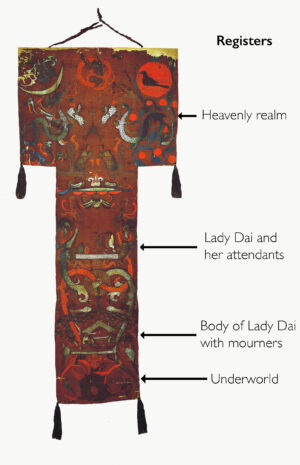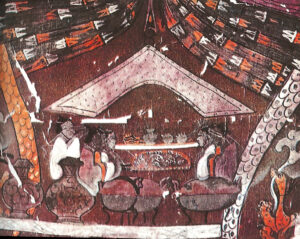Dod yn ôl fy nghoed...
To return to my trees.

What on earth is that Welsh phrase supposed to mean? Unsurprisingly, knowing the poetic and lyrical nature of the Welsh nation, it doesn't just mean 'nipping into the woods'. It's a phrase used when someone needs to clear their head, to think again.
Matthew Yeomans, a Cardiff author of Rough Guides translates it as 'to return to a balanced state of mind...'
Something that has been medically proved to occur when we walk in amongst trees; our blood pressure reduces and so does our anxiety levels. We return from our walk feeling de-stressed and ready for life.
 |
| the mythic map |
Yeoman, who has been a traveller all his writing life, didn't have to travel far geographically to write this fourth book. Having travelled the world, he decided to walk through the ancient and modern forests of Wales, losing himself in the stories of the these woodlands––their natural word, of course, and the history of the trees, but also their wider history, mythology and legends, especially those which appear between the covers of the Mabinogion, the ancient tales of Wales. While Yeoman explored the paths, he also explored the religions, culture, arts and music of Wales, as well as the industrial past and present of his home nation.
Yeoman started in the Welsh Marches, at Wentwood,striding across the south of the country, to the Black Mountains. Then he worked northwards, past the Devil's Bridge, through Snowdonia and Llangollen and onwards to the north-eastern border, finally stopping at Chirk.
Such a grand idea: linking the forest paths throughout a modern country, walking those (often unmarked) ways, talking to the local people and learning about the land. 300 miles is a massive journey, and Yeoman is still walking, often with other people who want to encourage us all to walk.
On Radio 6, Matthew Yeomans explained how this walk emerged out of the cabin fever of Covid. 'I had to get out…I didn't know much about trees, but I heard that the Welsh Government had announced a plan to create a national forest of Wales.' He wanted to find out if it was possible to travel through Wales without leaving woodland behind.
Recently, I walked just a few miles of Yeoman's Mythic Map, over the Bwlch Mountain near Maesteg, walking with my son and my dog. I love walking with others because that's when the most intimate and interesting chats happen, when you're looking ahead at the path and the trees, listening to the brook and the birds, you can open your heart. But walking along introduces a new dimension––not only bringing down stress and puts our lives into perspective––it allows me reach
the most creative parts of my mind. When I walk alone, my books, stories, characters and settings accompany me and grow clearer and more real as I progress along my route. Many writers walk to invent their stories.Top of the Bwlch Mountain
I've used walking as inspiration for years. It doesn't matter if the surrounds are urban or rural, but naturally it's nicer if there are trees. The most important thing is that I am on my own. When I walk alone, I chatter to my characters, and they chatter back.
| Castell Cerreg Cennen: "castle on the rock above the river Cennen" |
This wonderful, inspiring book, has grown, turning from one man's long walk into a book, a mythic map, and a Welsh playlist plus a list of podcasts all of which can be downloaded
As Yeoman, walks, linking just some of the woodlands and forests of Wales into one long passageway for animals, birds invertebrates and even humans, he constantly seeks an answer to the question; when and how did we humans lose our connection with nature – and how do we find it again? It occurs to me that this walk, this linking of trees with each footfall and rest against a bole of a friendly tree, is that first connection. Every time we walk among trees, they calm us, enliven us and tell us the deepest of Gaia's truths.
They are matchless,
My trees in winter.
While I watch telly and eat carbs,
 Put the fire on, the heating up,
Put the fire on, the heating up,
They stand naked to the battle;
Steady for storm, ready for gale.
Winter trees communicate in semaphore
Black flags against the half-day’s light.
They are gallows for bats,
Rigging for gulls,
Blue cages for robins
Steeples for stormcocks.
In the cold sun,
The oaks glow emerald with moss;
Planes strike piebald patterns;
Birch trunks shimmer like a high moon.
I pull on gloves, hat, scarves,
Brave the cold to watch
As they wait secure,
Dreaming sap dreams,
Expectant for spring. (Trees in Winter by Nina Milton)
Not everyone lives near a forest. But I'm sure you can find some trees to enjoy. So go and enjoy them. Return to them, to clear your head, find a better perspective, solve you problems and, even, perhaps, write a book. You may return to a balanced state of mind. You may even return to a balanced state of soul.







